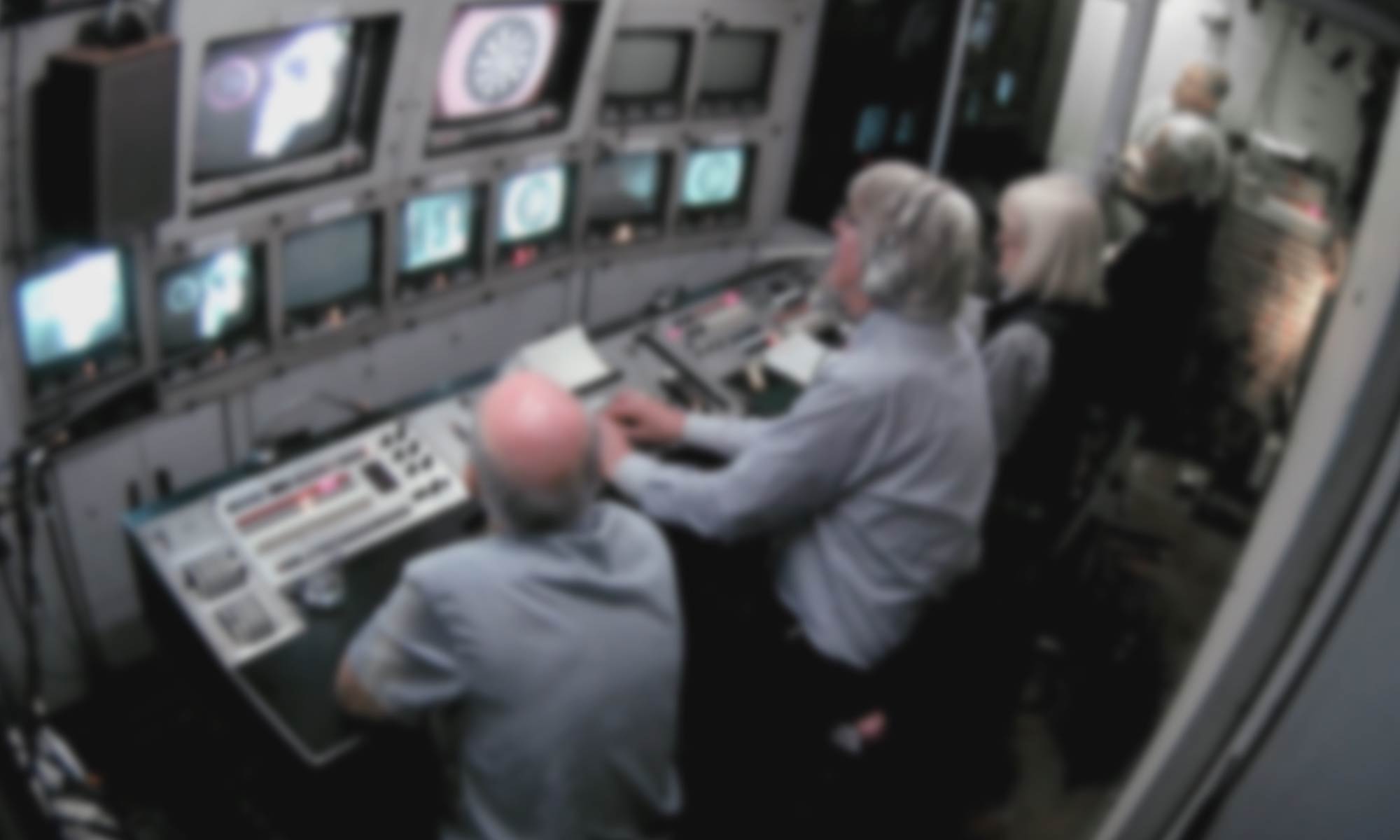WHAT HAPPENS?
The crew enter the space, which they have not seen before. Each knows their place and role, so they immediately define how they will shoot the interview. The director leads with swift general remarks and hands over to the cameraman. The cameraman briefs the electrician on how he wants the space lit, and then consults the sound recordist on his preferred microphone method and placement. After two minutes, everything is decided, and the director becomes virtually superfluous for the next twenty minutes apart from the brief moments where he is consulted by the cameraman about whether he wants changes in framing of the shot of the interviewee between the questions and the position from which he will ask the interview questions.
The crew then set about unpacking their equipment and getting it into working order. Initially, each works separately, and there are occasional moments of silence as they concentrate on their activities. The electrician sets up each of his lights in ‘his’ space and is ready after three minutes work and immediately begins to ask the cameraman questions about his requirements. The sound recordist sets up his boom microphone, but after a moment rejects the contemporary microphone provided for the simulation (perhaps because of an incompatibility in screw fixings between microphone and stand) and substitutes a newer, smaller one that he has brought himself (an event that is barely captured by our cameras). The camera assistant begins to set up the camera on a tripod, but finds after a couple of minutes that the full height tripod he has brought will not allow a shot level with the head of the interviewee, so he first “goes to the car” to get another spreader to allow the legs to splay wider and after a further three minutes experimentation, including placing the camera on the tripod for the first time, decides on a lower tripod “baby legs”. The cameraman waits while this happens, moving obstacles out of the way and consulting on details with the director.
Meanwhile the director calls for the PA from the observing crew (“Daisy”) to assist him in identifying any extraneous noise sources that would cause problems for sound recording. He is trying to reproduce his professional practice as accurately as possible: he might well have spent the time waiting for the crew to set up by working with the PA on a range of issues including researcher notes about the interviewee, the rest of the day’s schedule, matters affecting the budget like overtime payments, arrangements for future days etc, as well as this action of making sure that no exterior sounds would disturb the shoot. As the interview will be short and the cost of film is high, any interruption would be expensive.
